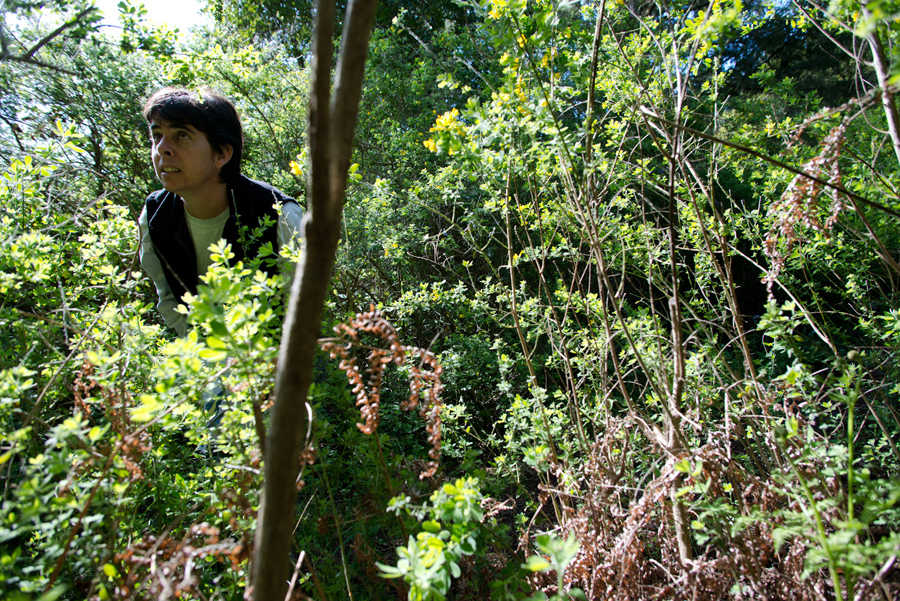Janet Klein, a vegetation specialist who lives and works in Fairfax, says the San Geronimo Ridge—once a diverse forest of oak and Douglas . . .
Herbicides in Tam watershed earn grand jury approval


Janet Klein, a vegetation specialist who lives and works in Fairfax, says the San Geronimo Ridge—once a diverse forest of oak and Douglas . . .